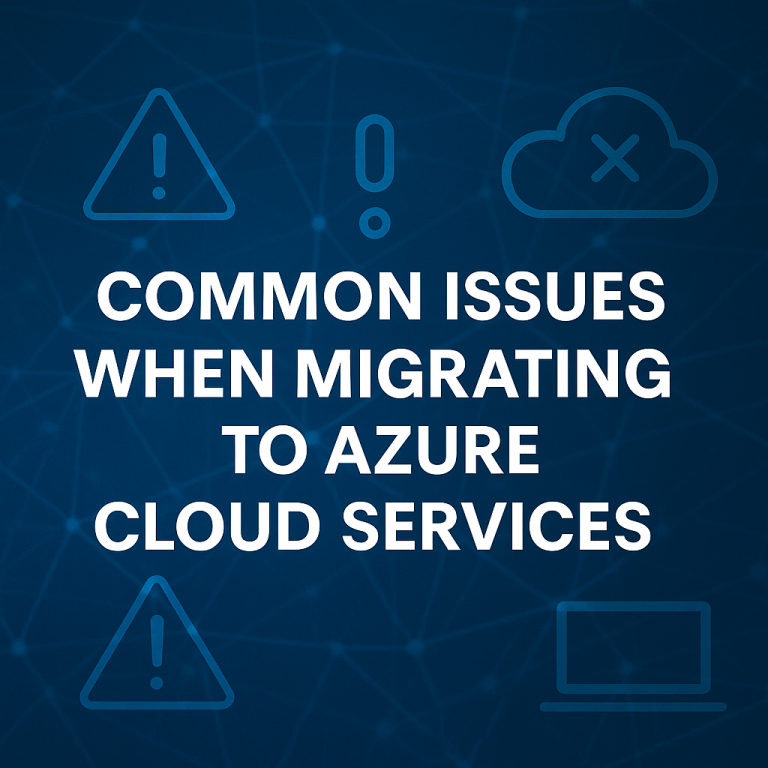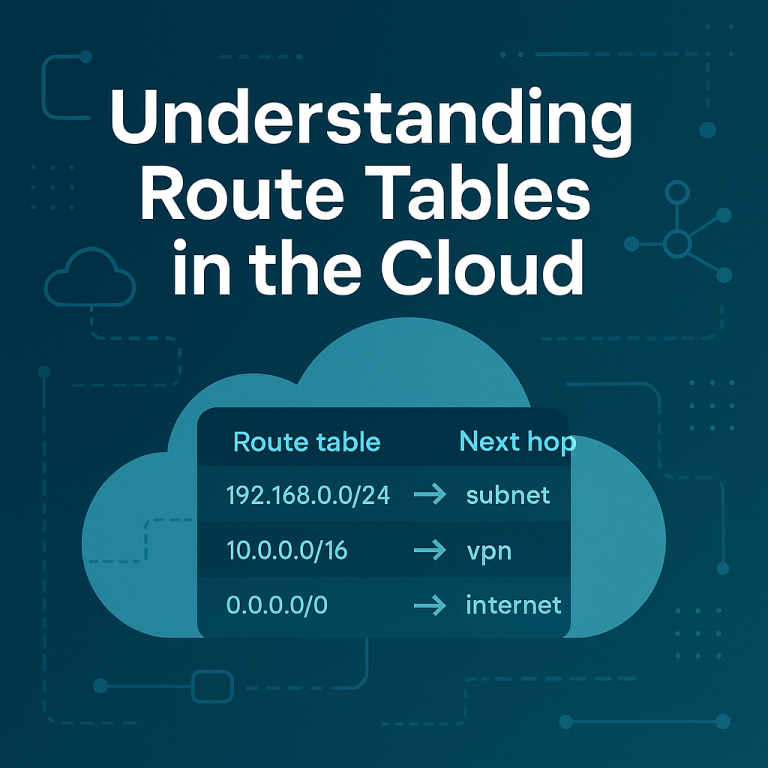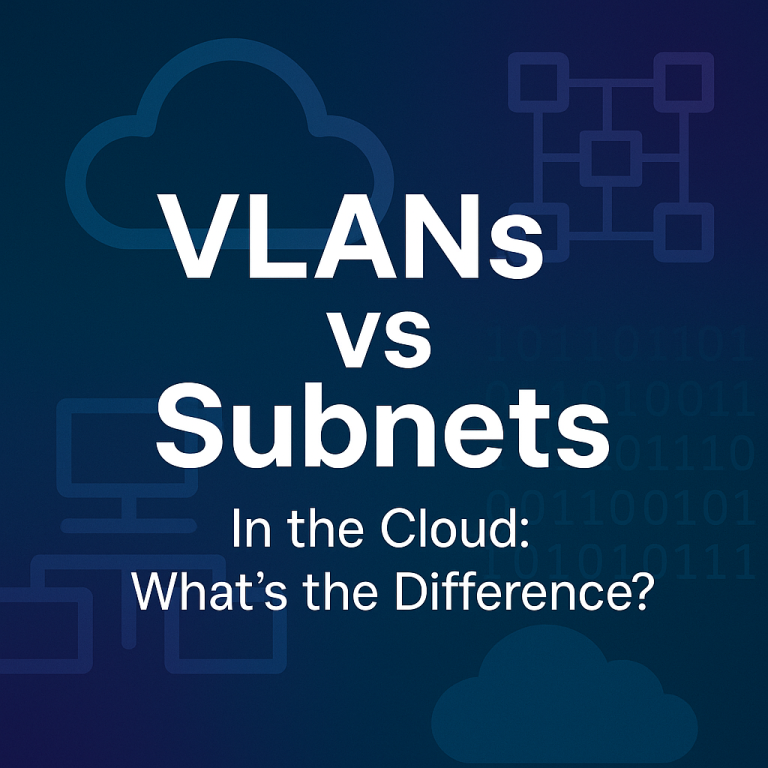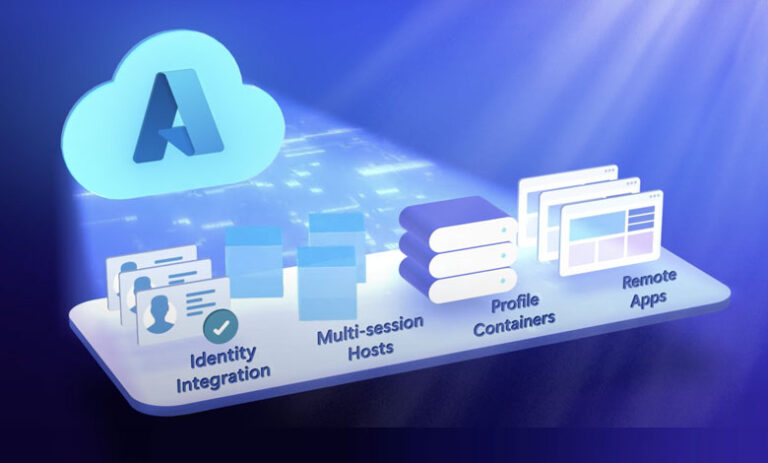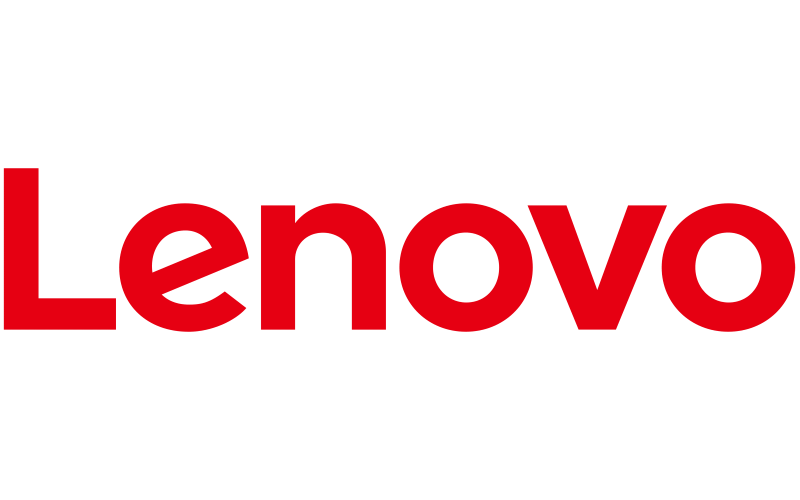Hybrid cloud solutions have emerged as a game-changer for businesses, merging the scalability of public cloud environments with the control and security of private cloud systems. Choosing the right hybrid cloud provider isn’t just a decision—it’s a long-term partnership that can impact your business’s agility, performance, and competitive edge.
To help you choose wisely, here are seven critical factors to consider before finalizing your hybrid cloud contract.
1. Understand Your Workloads
Before engaging a hybrid cloud provider, get a clear understanding of your specific workloads. Different workloads have varying requirements, and not all providers will offer the same level of optimization.
For instance:
- Data backup and disaster recovery may need robust, cost-efficient hybrid features.
- Complex analytics applications often require higher computational power and seamless integrations.
Additionally, plan for scalability. Ensure the provider can grow alongside your evolving cloud strategy and accommodate multicloud environments if necessary.
2. Performance Optimization
The provider’s infrastructure needs to be aligned with your workload requirements. Ask whether their platform is optimized for specific use cases. For example, some providers specialize in serving developers, while others cater to enterprise applications like SAP systems.
Latency is another key aspect of performance. Hybrid environments often involve data transfers between on-premises infrastructure and the cloud, making low latency essential. Providers offering local edge data centers or direct connectivity options will likely deliver superior performance.
3. Align Public and Private Infrastructure
Transitioning between your on-premises systems and cloud-based environments should be seamless. Choose a hybrid cloud provider that supports formats and technologies already in use within your organization. For example, there should be a straightforward mapping between your virtual machines and the provider’s infrastructure.
This alignment ensures smooth workload migrations and reduces barriers when scaling operations across environments.
4. Onboarding and Migration Support
Migration can be one of the most challenging aspects of adopting a hybrid cloud. Your provider should make this process as smooth and cost-effective as possible.
Look for features such as:
- Migration tools: Solutions that simplify data mapping between your organization and their cloud infrastructure.
- Hardware appliances: For transferring large datasets, these can reduce internet dependency and expedite the process.
- Consultation services: Guidance from experienced teams can help manage the complexities of migration.
Easy onboarding isn’t just a convenience—it’s a critical factor in minimizing disruptions during the transition.
5. Security and Compliance
Security must be a top consideration in any hybrid cloud strategy. Identify providers who can assist with implementing advanced security measures like tokenization, which protects sensitive cloud data by referencing securely-stored records on-premises.
Additionally, evaluate the provider’s compliance with industry standards and risk management protocols. For further guidance, you can reference a cloud security assessment framework, such as the one provided by the Object Management Group.
6. Availability and Redundancy
Reliability is non-negotiable in a hybrid cloud environment. Assess the provider’s service-level agreements (SLAs) for availability guarantees. These agreements should include specific escalation procedures and compensation terms should the provider fail to meet these guarantees.
Furthermore, consider redundancy options. The ideal provider should support multiple hybrid cloud contracts, enabling failover between providers to maintain uninterrupted operations in case of downtime.
7. Pricing Clarity and Scalability
While initial cost savings may draw you to a provider, it’s essential to consider the full cost of ownership. This includes operating fees, costs for scaling resources during demand spikes, and potential termination fees.
One often-overlooked aspect is the cost of data extraction when ending a contract. Ensure your provider clearly outlines these fees so you can budget for a smooth exit if needed.
Additionally, monitor your cloud usage closely to avoid “cloud shock”—unexpectedly high bills due to untracked consumption. The right provider will help you keep these costs manageable and predictable.
Choosing the Right Partner
Selecting a hybrid cloud provider is a decision that requires careful planning and thorough evaluation. By addressing the considerations above, you’ll be better equipped to choose a provider that supports your organization’s current needs while enabling future growth.
A strong hybrid cloud partnership can help you seamlessly integrate on-premises systems with cloud infrastructure, build a flexible IT environment, and maintain a competitive edge in the market.
For businesses ready to optimize their approach to hybrid cloud computing, assessing potential providers through this lens will pave the way for long-term success. Who you choose today could determine your agility, efficiency, and innovation capacity tomorrow.


